Le Tastevin Wine Club - White German and Pinot Noir (Hosts: Ethan & Dr. Bob) – January 11, 2017
Tonight's winetasting exhibits variety within a grape variety: dry to sweet German Riesling, and variable expressions of (principally New World) Pinot Noir.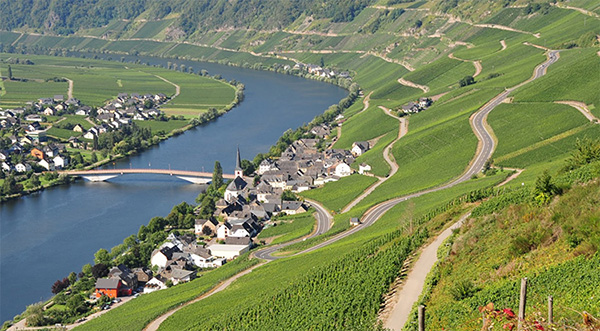
Part 1: Dry to Semi-sweet German Riesling (Ethan)
1985 Zeltinger Sonnenuhr Riesling Auslese - Van Volxem
Current vintner is Roman Niewodniczanski (Bitburger Beer dynasty) who sought some of the most prized vineyards with some of the oldest vines (some almost 120 years old and even pre-phylloxera) to produce unique Riesling textures harkening back to older (pre-WW1) drier tastes. Bio-dynamically cultured, never chapitilized (added sugar), the must is spontaneously fermented that only finish attenuating the following spring. Originally founded by Gustav van Volxem, a wine brewer who had emigrated from Brussels, it became one of the most prestigious wine estates in imperial Germany. After four generations in the van Volxem family, Niewodniczanski took over, restored the estate, and expanded the vineyard holdings with new premium sites. The philosophy of wine-making matches the climate: “cool-climate wines” with moderate alcohol, good structure, complexity, and concentration that reflect the individuality of each location.
2001 Schloss Johannisberger Riesling Spätlese - Metternich
Located in the Western Rheingau, the heart of German winemaking, and the birthplace of Riesling although perhaps somewhat eclipsed these days by Rheinhessen and Rheinpfalz. The wide river, southern-facing hillslopes, and mists that encourage boytris make for stunning wines: the sweet Bereenauslese and Trockenbeerenauslese selections are decadal age-worthy and fetch extremely high prices. However, most wine is dry or semi-dry, as it was prior to the 20th Century. Soils are a mix of slate, quartzite and marls, the sometimes very steep slopes require cultivation and harvesting only by hand. The history of Schloss Johannisberger (overlooking the town of Johannisberg) begins around 1200 and developed as a center for wine-making in the Rhine valley. After the Napoleon Wars the castle came into the ownership of the Austrian State-Chancellor Clemens Wenzel Lothar Fürst von Metternich, as payment for his services during the Vienna Congress. His decendents still have a role. Most efforts still focus on producing outstanding Riesling. Tasting notes evidence some sweetness and good acidity, with spices, dried yellow fruits and minerals coming to mind.
2001 Dürkheimer Spielberg Scheurebe Spätlese - Kurt Darting
Scheurebe grape (see September 17, 2014 notes) is a cross from Silvaner that is often grown in Franken and Austria, a cold and disease resistant variety that is fruity aromatic. Roots of this vineyard goes back over 200 years, and Bad Dürkheim's warmer temperatures and excellent soils at the base of the Palatinate Forest (north of the Vosages) has long been a wine-making area. The current owners are Helmut and Ella Darting, most of their wines are Riesling but Pinot Noir (Spätburgunder), Scheurebe, and other varieties Gewürztraminer, Sauvignon Blanc and Muscatelle are grown. Tasting evidences a brambly flavor (some astringency and herbal notes, perhaps from stems of whole clusters), with flavors of grapefruit and black currant, full and soft, very unlike Riesling.
Part 2: Pinot Noir (Dr. Bob)
1997 "Clos Saint-Jacques", Michel Esmonin (Gevrey Chambertin Premier Cru)
An old-school winery that sold most of its wine to negociants until Michel Esmonin's daughter took over the operations in 1986. The wines are now known as Domaine Sylvie Esmonin. The wines sell fro $100-300 per bottle, depending on the vintage.
2004 John Thomas Estate (Dundee Hills AVA, Yamhill, Oregon)
Cult wine owned and made by Jon Thomas since 1988. He makes only about 375 cases per year. No website, no visitors. Known for aromatic, complex wines with "seductive raspberry, red currant and wild strawberry aromas with Asian spices...elegant with mineral notes" (S. Tanzer's description, rating 94).
2012 "Casteel", Bethel Heights (Eola-Amity Hills AVA, Polk-Yamhill, Oregon)
Family winery started in 1977 in the Eola-Amity Hills (Appellation). Willamette Valley estage grown Chardonnay and Pinot Noir from several sites. "Casteel" names after the family owners is their reserve wine. 2012 was a very good year and the wine shows "pure red cherries and strawberries, medium body, soft, supple tannins, lovely red fruit dominates". (R. Parker description, rating 93)
2010 Beaux Freres Estate (Ribbon Ridge AVA, Yamhill, Oregon)
Winery started in 1991, with land bought by MIchael Etzel and his brother-in-law Robert Parker. Wines tend to be bid and bold, with the producer's notes for the 2010 as medium body, elegant, pure and racy fruit from original estate. Rating a 91, Wine Spectator says it is "light and refreshing...cherry and guava flavors. Soft and delicate".
2006 "Cerise", Littorai (Anderson Valley AVA, Mendocino, California)
A small family-owned and operated winery founded in 1993 by Ted Lemon who produces only designated vineyard Chardonnays and Pinot Noirs from the Sonoma Coast and Anderson Valley. These are highly-regarded wines by the first American to run a burgundy wine estate. Worded at Dujac and Roumier, and then ran Roulot in Mersault before returning to California to start his own winery. S. Tanzer (91) noted "spicy, cherry, red fruits, minerals, and Asian species - lovely floral persistence".
2012 "Fiddlestix", Dragonette (Santa Rita Hills AVA, Central Coast California)
Founded in 2005 by the Dragonette Brothers, John and Steve. Produce small lots of Pinot, Sauvignon Blanc and Syrah. Fiddlestix Vineyard is a well-known vineyard in the far west portion of the Santa Rita Hills AVA, planted in 1998. Wine Enthusiast (91) writes "nose of mace and allspice. Dark raspberry fruit and rose petals. Fresh and lively."
2007 "Hyde", Paul Hobbs (Carneros, Napa Valley, California)
Found in 1991 by Paul Hobbs, the winery is in Sabastopol, California and specializes in Cabernet and has multiple contracts with various growers. The Hyde Vineyard Carneros, Napa Valley, is a famous site planted in 1994, the southermost sub-Appellation of the Napa Valley producing mostly Chardonnay and Pinot Noir. The 2007 "Hyde", rated 93 by R. Parker, is "dense elegant, rose petals, and cola, earthy, "full-bodied".
2008 "Sexton", Chasseur (California)
A small lot, hand-crafted vineyard designated Chardonnay and Pinots. Started and run by Bill Hunter who graduated from UC-Davis in 1987 and started making his own wine in 1994. He makes under 2000 total cases from four Chardonney and six Pinot sites. 2008 was a very good year, and Tanzer (93) noted the Sexton had aromas of ripe Bing cherry, red plum, vanilla and tabacco.
2007 "Calvert", Felton Road (New Zealand)
A small artisan producer of Pinot, Chardonnay and Riesling. Three estate vineyards are located in central Otago's Bannockburn sub region, the most southerly wine growing region in the world. Founded in 1991.
Part 3: Sweet Riesling (Ethan)
1983 Graacher Himmelreich Riesling Auslese - Friedrich-Wilhelm-Gymnasium
Began in Trier in 1561 from the Trier Jesuit College, it eventually became after dissolution of the Jesuit Order (1773) the “Electoral Gymnasium.” Under the Napoleon's administration (1805-1814), the school was secularized in 1805 and was renamed “École centrale” or “École secondaire,” and continued as “Collège” in 1811. After the Congress of Vienna, the Prussian adminstration renamed the “Collège” to “Royal Prussian Gymnasium”, later in 1896 “Friedrich-Wilhelm-Gymnasium". It was here that the Trier-born philosopher Karl Marx received his school diploma in 1835. Fast forwarding to today, the Friedrich-Wilhelm-Gymnasium cultivates exclusively Riesling on about 11 hectares of the internationally renowned steep slopes in Graach, Bernkastel, and Trittenheim. Depending on the vintage, the cellar master, Johannes Becker, vinifies 40 percent of the wines in Fuder, the traditional Mosel 1,000-liter oak casks. The wines ferment at cool temperatures and relatively slowly with, in most cases, ambient yeasts. Spätlese and Auslese wines are bottled not until the following June through August.
1983 Piesporter Goldtröpfen Riesling Auslese - Peter Mertes
With a family tradition of winemaking spanning over 600 years, Peter Mertes began his business in 1924 in Minheim am Mosel (Middle Mosel) intending to go beyond the simple wine-growing that his family previously did and wanted to sell directly to the customer. He grew his holdings to include impressive vineyards in Bernkstel and Piesport. After WW2, with production beginning to recover and having to find market, the founder's son-in-law, Gustav Willkomm, made connections to emerging food retailers and supermarkets to expand wine offerings beyond the traditional upper economic class. Holdings were expanded vineyards in the Rhine, Rheingau, Nahe, and Pfalz. Already owning some outstanding vineyard sites - Wehlener Sonnenuhr, Graacher Himmelreich, Bernkasteler Schloßberg, and Bernkasteler Badstube, Mertes has grown to over 60 hectares in the Mosel Valley. It is a large company and one of the few in the area that does its own bottling and distribution. Organic wine production began in 1987
Images of tonight's wines:
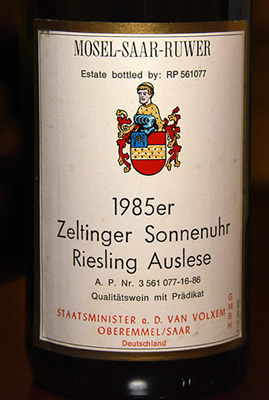

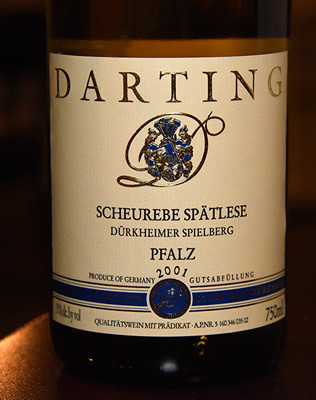
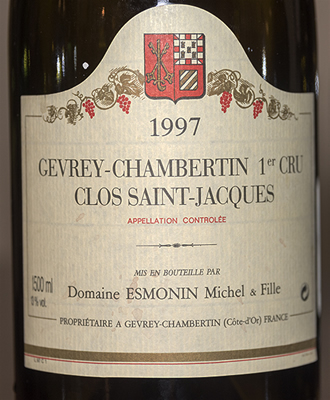
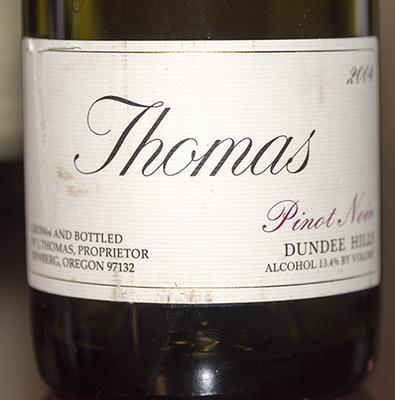

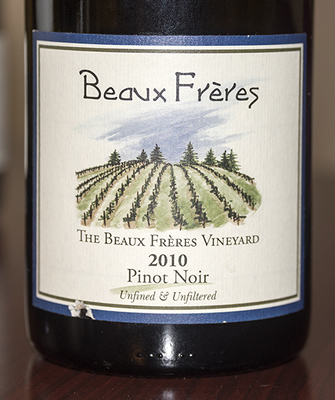
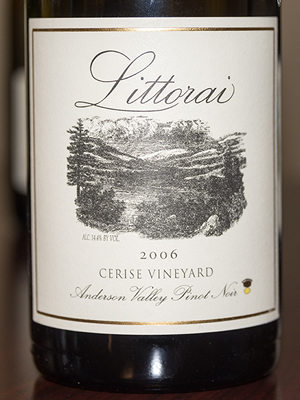
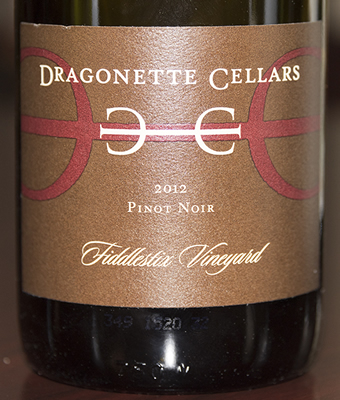
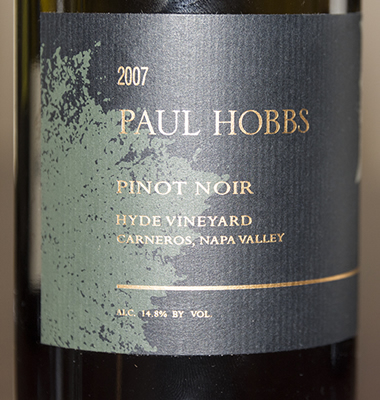
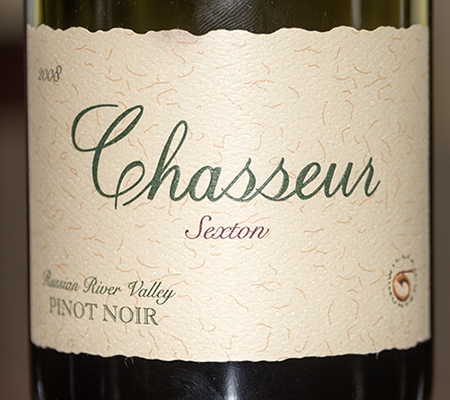

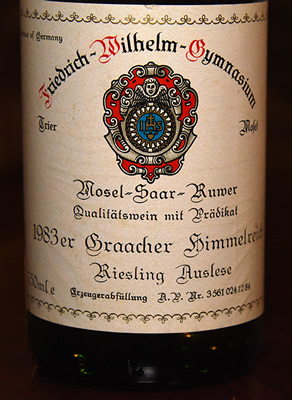
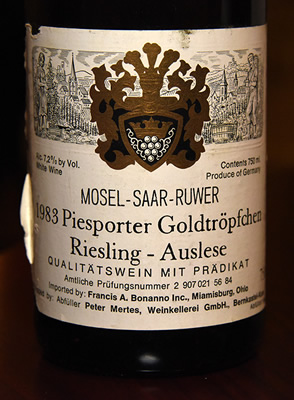
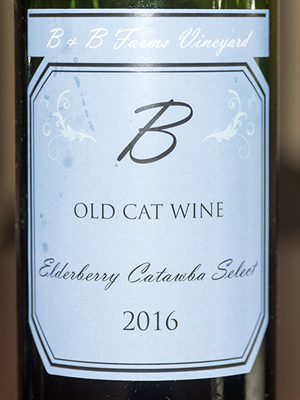
Page last updated: January 24, 2017 (EB)
